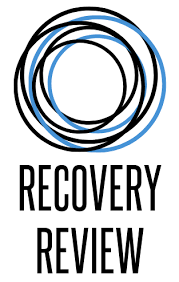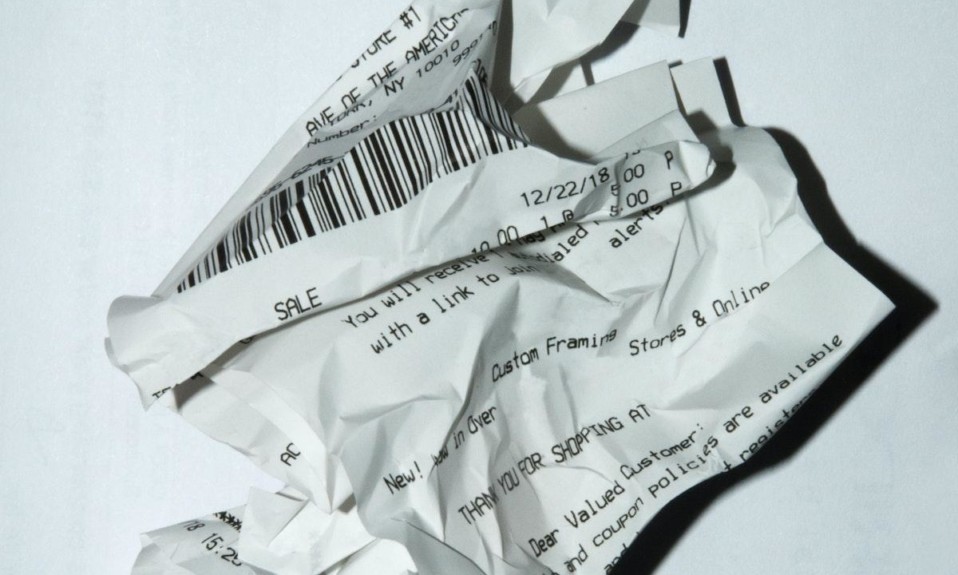In matters of addiction, the bill always comes due—especially during these times of COVID-19
By William Stauffer
March 18, 2021This post is reprinted with permission from one of TreatmentMagazine.com’s go-to blogs about addiction, treatment and recovery: Recovery Review.
America has been using more substance during the COVID-19 pandemic, a result of increased stress and isolation. We are starting to glimpse the repercussions of these dynamics. There is early evidence of the consequences of heavier use across our society. The Los Angeles Times recently reported that hospitals affiliated with the University of Michigan, Northwestern University, Harvard University and Mount Sinai Health System in New York City report admissions for alcoholic liver disease have leapt by up to 50% since March of 2020. According to this Express Scripts Report in April of 2020, the use of Benzodiazepines, which can be highly addictive, spiked 34% in the early weeks of the pandemic. Forbes reports that COVID-19 had helped drive sales for cannabis to record levels, up 40% more on average in comparison to 2019. People numb feelings to try to feel better.
However, all such drug use will have consequences, it falls under the unwavering Law of Brain functioning.
Your brain chemistry works to level things out. This causes some weird things to happen. Generally speaking, you get an opposite effect in the ‘pay back’ process.”
While brain science is complex, the dynamics are simple. Neuroscientist and person in recovery Dr. Judy Grisel explains it well in this TED talk, and in her NYT bestselling book, Never Enough: The Neuroscience and Experience of Addiction. Drug use is borrowing good feelings from the future. It is the law of brain function because the brain continually seeks equilibrium. The more substances you use, the better you feel at first. You pay the next day by feeling a little blue, even when you use in moderation. Use long enough and tolerance develops so that you need to use to feel normal.
Your brain chemistry works to level things out. This causes some weird things to happen. Generally speaking, you get an opposite effect in the “pay back” process. You take something to get high, you feel low when it wears off. Take something to relax and you get increased anxiety afterwards. In respect to opioids, as this Harvard Medical School blog article notes, “opioids paradoxically increased sensitivity to pain and made pre-existing pain worse, and higher doses of opioids were associated with higher sensitivity to pain.” We also know that Benzodiazepines, used long term actually increase anxiety as noted by this American Family Physician article. The bottom line is there is no such thing as a free lunch, even in brain science. As much as we would all like one, it does not exist. The Piper to pay.
For most people, they experience this boomerang effect of paying for the good feeling at a later time and they end up moderating their use, either on their own or with some help. This often happens when it gets in the way of things that the person likes, and when weighing out costs and rewards, the person moderates their use accordingly.
Beyond this, we seem to be losing a sense of the distinction between different intensities of SUDs following adoption of the DSM-V. It is nearly impossible with current diagnostics to tell an early stage severe on the path to being unable to moderate use from a less severe form of SUD. It is even my sense we are beginning to minimize what this means for persons with the most severe form of SUD, which I think of as addiction. This too shall have consequences.
Something different is happening in the brain of an addicted person—one with a severe substance use disorder. As this NIH article notes, “Brain imaging studies of people addicted to drugs or alcohol show decreased activity in this frontal cortex,” says Dr. Nora Volkow, director of NIDA. “When the frontal cortex isn’t working properly, people can’t make the decision to stop taking the drug—even if they realize the price of taking that drug may be extremely high, and they might lose custody of their children or end up in jail. Nonetheless, they take it.” The majority of us who have this move from one substance to others or mix substances when one stops working. Our drug policy ignores this dynamic and tends to focus on single substance interventions.
We pay with our lives and everything else we have along the way unless we get help. The early data already shows that this is already happening.”
Forgive the winding nature of this post. Back to that piper. As a society, there seems a steadily increasing shift towards more permissive drug policy, and I understand the dynamics in play that influence this strengthening trend. It is also true that for most people, even those with mild or moderate forms of substance use disorders, the price to pay the piper, although high, may not be quite as high as for people like me who have the severe form. While the piper will always need to be paid, the debt due is much higher for persons who are addicted. We pay with our lives and everything else we have along the way unless we get help. The early data already shows that this is already happening.
Trauma, isolation and increased despair are all factors in the increased number of people who are now struggling or who will be struggling in the coming years. Addiction related consequences take a long time to present themselves. Yet even now there is little doubt that addiction-related COVID deaths will surpass deaths from the virus in the coming years. We should be having some sober conversations about the magnitude of what is coming at us and prepare accordingly.
The pandemic should have taught us the importance of addressing public health challenges in a timely and systematic manner. Are we listening? The debt is coming, and the piper will wait, whose children will he take? Assume he comes for your child because “those people” are in reality all “our people.”
Everyone of “them” is worth saving.















